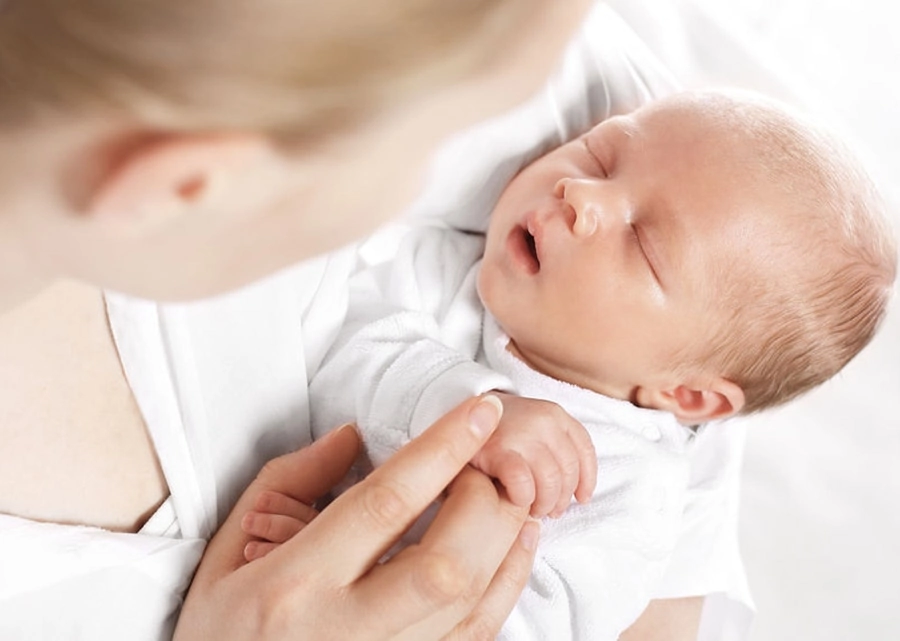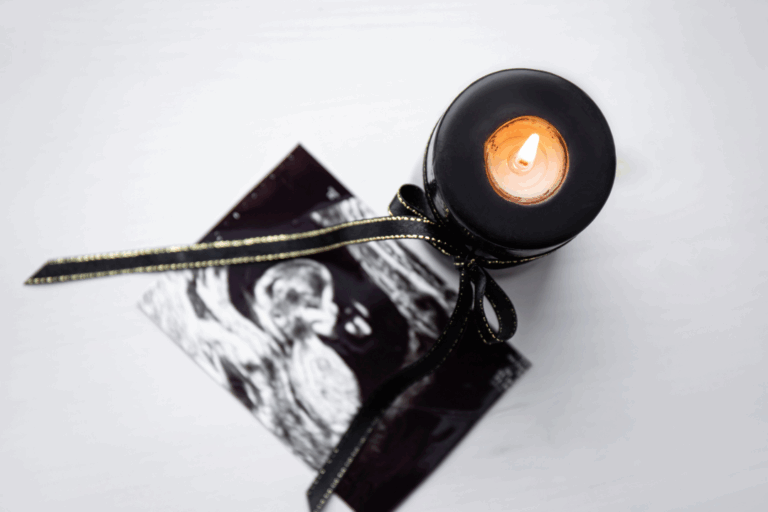As a mom of three, I know that the weight of responsibility of being a parent is immense. Since becoming a mum, not a day has gone by that I haven’t had concerns over my children. As babies I worried about whether they gained enough weight. Throughout their lives I have worried about their health and if they are safe.
Probably my biggest fear when my babies were little was SIDS. Better known as cot death, Sudden Infant Death Syndrome is the leading cause of death in babies aged 1 month to 1 year old in America. The good news is that it is possible to significantly reduce the risk of SIDS with simple sleep safe strategies.
Tips to reduce your risk
- Place your baby on their back or side to sleep. If you place your baby on their side, use a wedge to ensure that they cannot roll onto their tummy.
- Be aware of temperature control. Avoid your baby overheating by not overdressing them. Keep the sleep space at around 21 degrees Celsius (70 degrees Fahrenheit). Don’t use sleeping bags filled with polyester or sleep products made of synthetic fabrics.
- Do not use blankets and loose bedding or pillows in your baby’s crib. Soft materials or objects such as pillows, quilts, comforters, or sheepskins should not be placed under your baby whilst sleeping. The AAP (American Association of Pediatrics) recommends the “use of baby sleep sacks that are designed to keep your baby warm without the possible hazard of head covering”.
As with all other parenting decisions, make the choice that you feel is best for your baby and then try to relax, secure in the knowledge that you have done your best for your little one. If you’re still second guessing yourself, get the Parent Sense app for a credible source of parenting information about everything from your baby’s sleep routine to growth, development and more.




